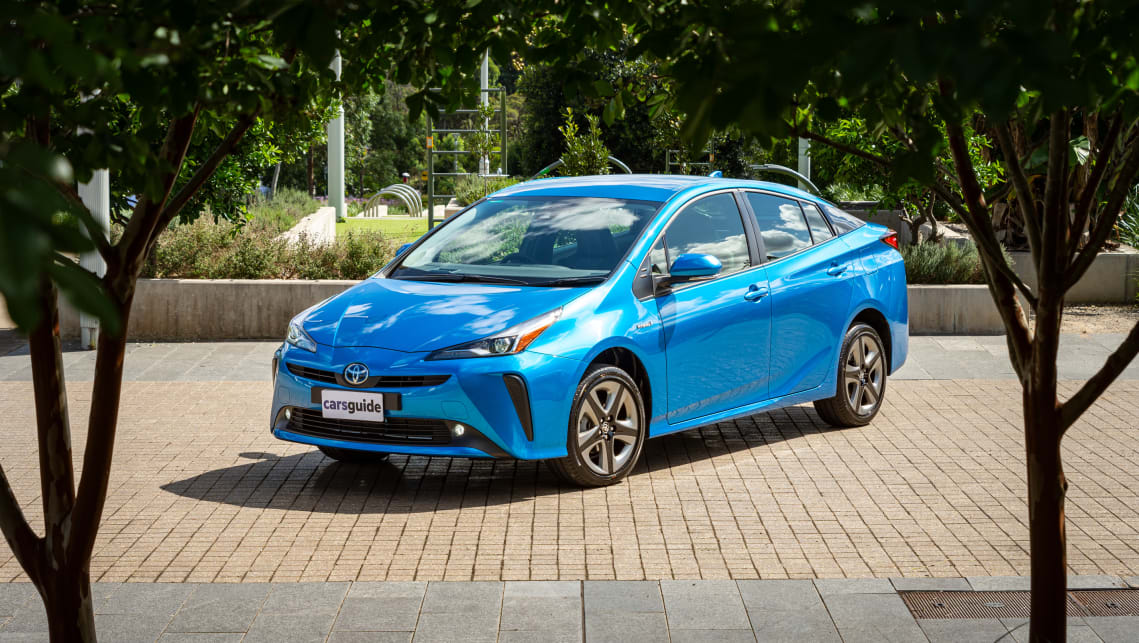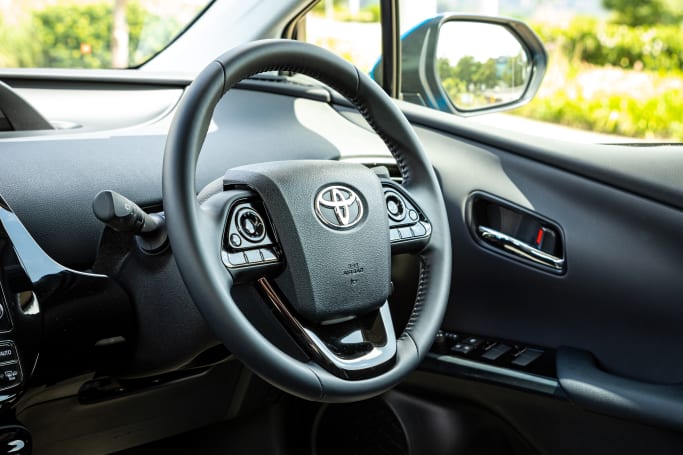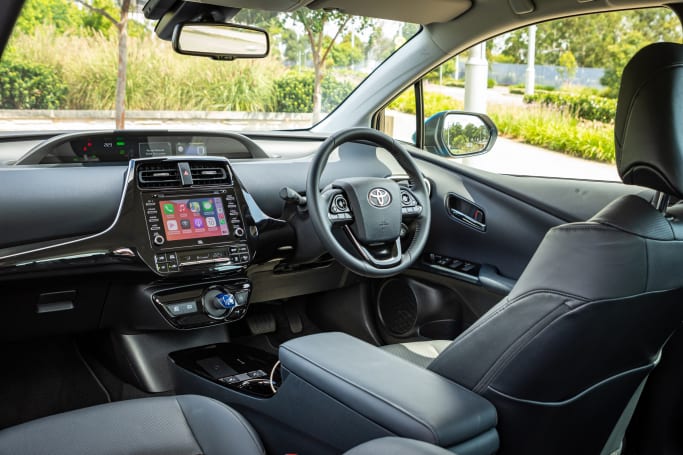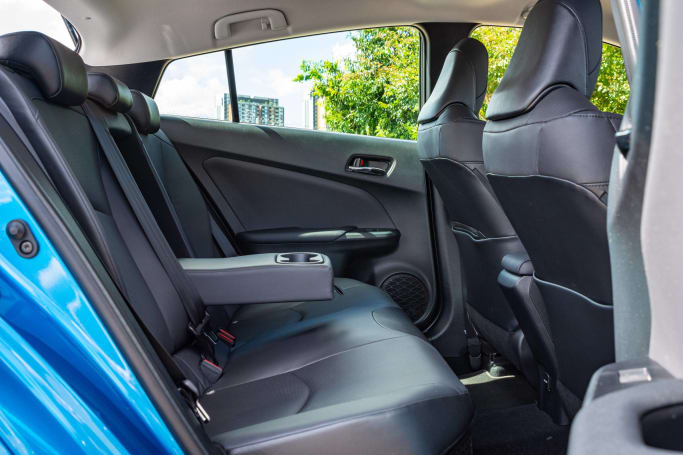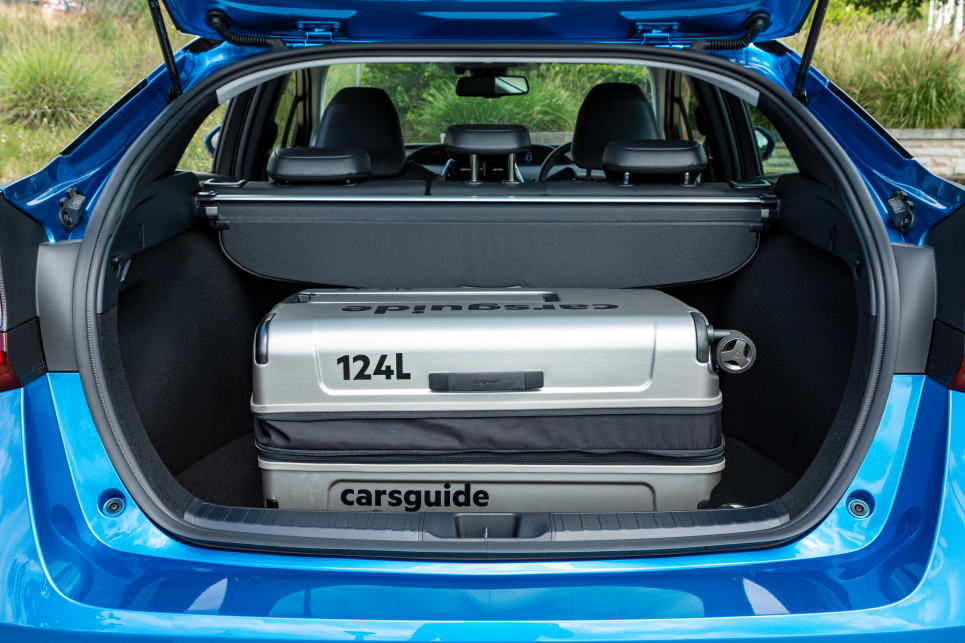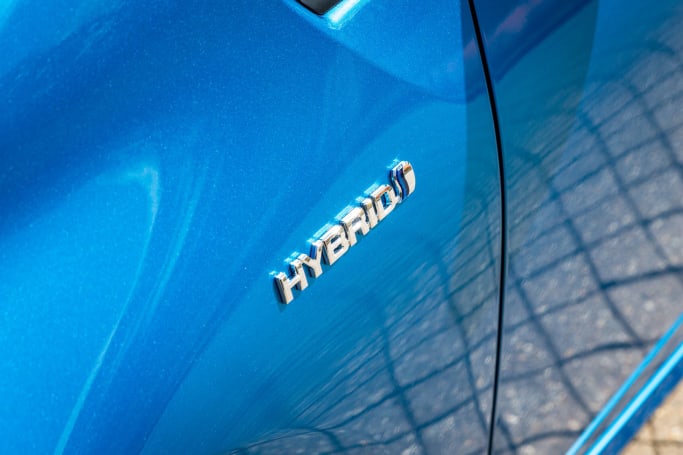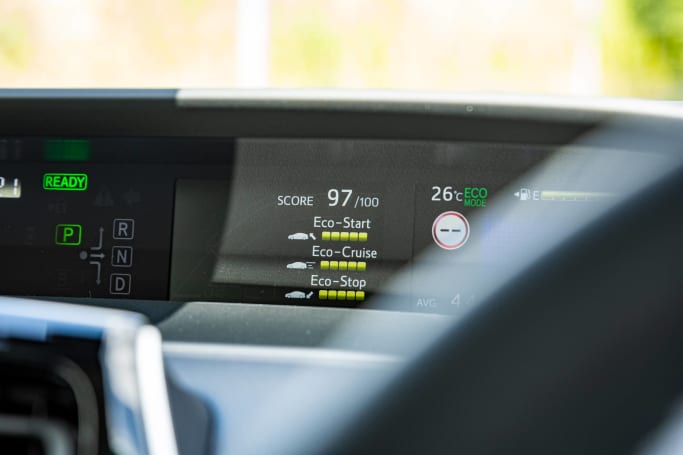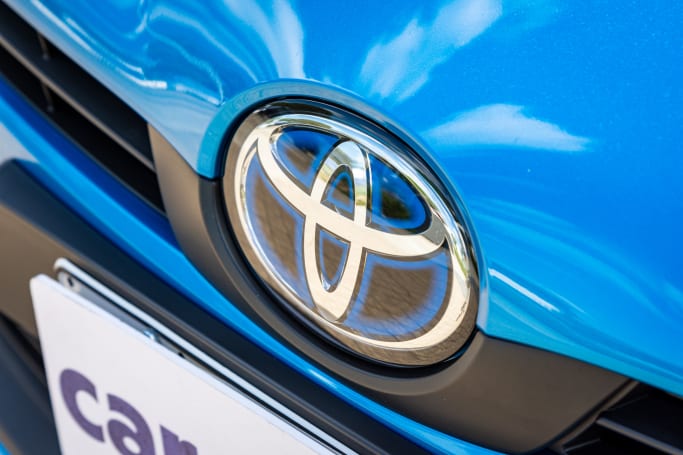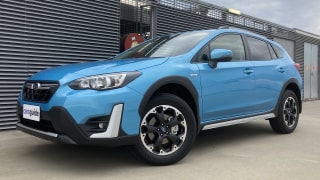This Toyota Prius in top-spec I-Tech form costs a whopping $45,825 before on-road costs, which is a tall order, especially given the fact that the technical advantage this car once had to help justify its price-tag has been lost to the rest of Toyota’s range.
An equivalent Corolla hybrid, even in top ZR trim, can be had from just $34,695, and even the much larger Camry in its highest hybrid SL trim is more affordable, at a suddenly cheap-looking $42,790. All three Toyotas are sourced from Japan.
Not a good start in the value battle, then, especially since those other Toyotas are not just hybrids, but great cars in their respective segments.
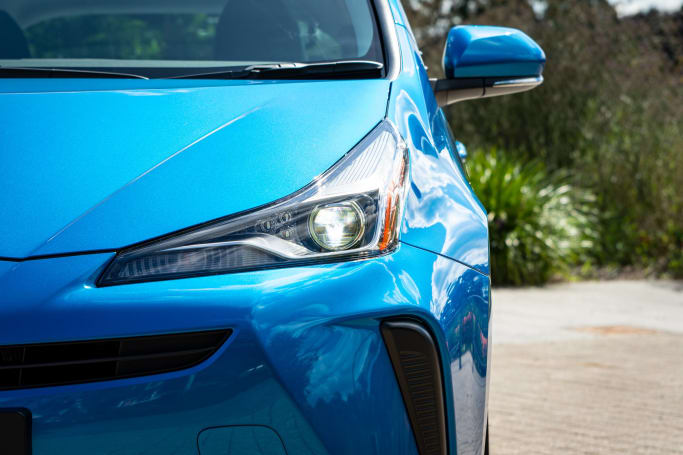
The Prius I-Tech’s most direct rival is the similarly shaped and sized Hyundai Ioniq Premium, which can be yours from $40,390 with competitive equipment. Hyundai is not only hunting Toyota with this car, but flexing its deep pockets by selling the Ioniq in Australia as not just a hybrid, but a PHEV and a full EV, too.
Thankfully, the I-Tech comes with some decent gear, sporting 17-inch alloy wheels, a 7.0-inch multimedia touchscreen with Apple CarPlay and Android Auto connectivity, digital radio, a 4.2-inch digital information display, a holographic head-up display, full LED lighting with auto-levelling, leather-appointed seat trim, auto dimming rear vision mirror, wireless phone charging, 10-speaker audio, and improved interior trims over the base car.
The I-Tech also scores a larger boot capacity and an improved safety suite compared to the base Prius. More on that in later sections of this review.
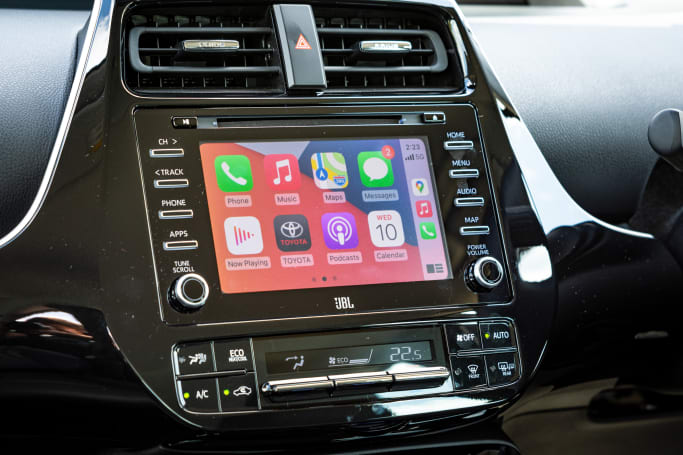
Is the Prius “good value” then? It's still a no, as all of this equipment can be had in bigger, more mainstream Toyota models, and far more affordable rivals. It’s a shame Toyota hasn’t brought the Prius’s cost down in the five years since this generation launched, because in today’s market it makes less sense than ever.
That said, there is a certain niche audience for this car. One that will always love its little innovations, like the fact that it has one of the lowest drag coefficients on the market, its stellar fuel-consumption number, and its claimed 40 per cent thermal efficiency.


